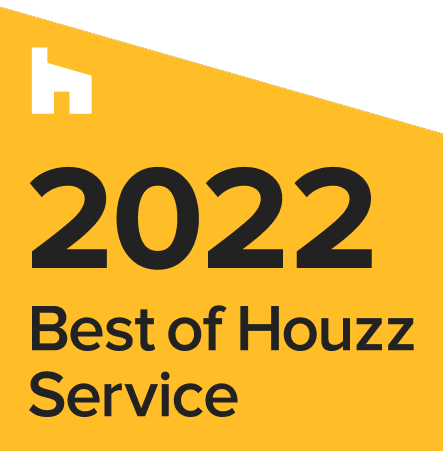In Las Vegas a few weeks ago, at the 2016 International CES big tech consumer electronics show, Panasonic announced new details associated with their big initiative and partnership with the city and county of Denver, called the Panasonic City Now Project.
Looking to address the needs of both millennials and baby-boomers, Panasonic hopes to empower, Denver, the fastest growing city in the U.S., with the best technology, as an equalizer to help people improve their lives. Technology will be used to improve infrastructure, transportation, management, security, and energy-efficiency. Improvements will make the city a better place to travel to, as well as to live and work in.
Turning Denver into a “smart city” will also help the Japanese-based Panasonic reposition itself as a company focused more on government and company support, and less on being simply a consumer product based organization. This “smart city” concept is taking modern-day technological developments, as seen in “smart phones” and “smart cars”, to a whole new level.
Making this partnership even more powerful is the fact that Panasonic’s U.S. sales and engineering hub is based near Denver International Airport, where the solar energy use project is first being implemented.
Also included in the solar energy plan is not only solar energy usage, but also solar energy battery storage, one of the most comprehensive projects in Colorado, and one of the first for real-world users for partnering company, Xcel. Also being developed is a community outside the nearest commuter train station outside of the airport.
Community improvements should include: programmable street lights, street cameras, and parking analytics. And, what makes the enhanced street lights so unique is that they are “smart” as well. Not only are the new street lights going to be solar-powered, but this lightly system will brighten when there people are in the area, and they will dim with no one is around. So, the lights are energy efficient not only in their source, but also in their functionality.
Residential improvements include: in-home bio-metric readings and tele-medicine technologies to allow patients to interact with doctors remotely. These new interactive medical communication enhancements will not only improve access and convenience for busy on-the-go residents, but will also greatly assist in the medical needs of the less mobile, home-bound, or chronically ill residents as well.
These tools and projects are also intended to improve transportation and keep people better connected. This all fits with the goal to use technology to make people’s lives easier, better, safer, and more free, while creating more choices, and more equal access to everyone in that area.




